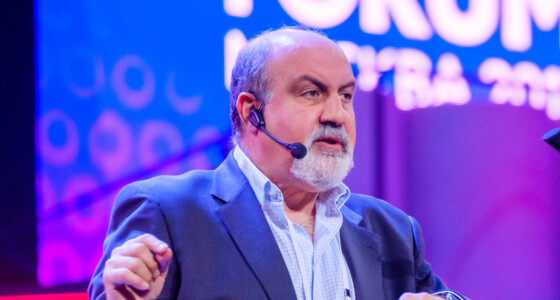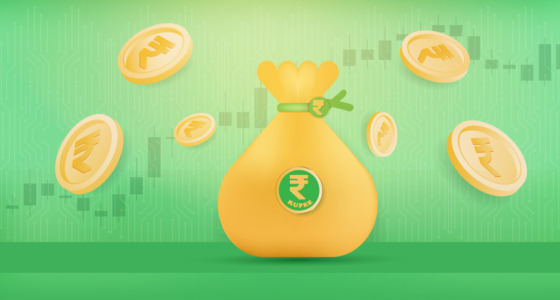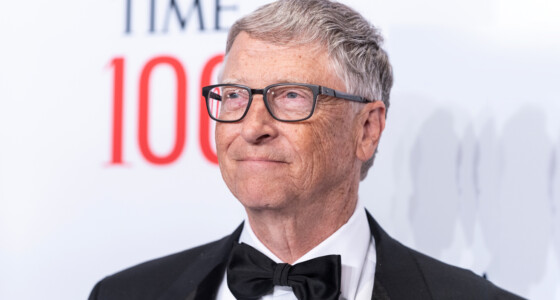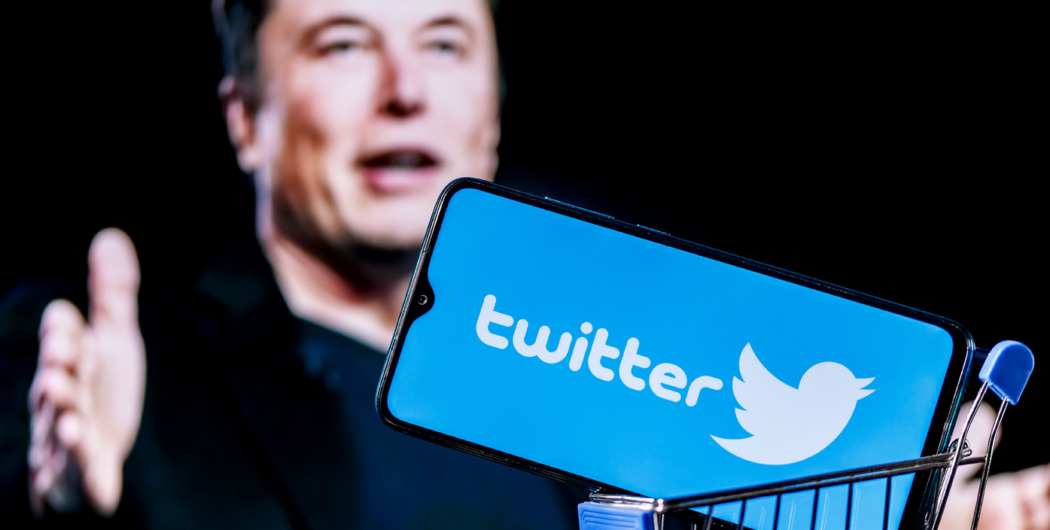

Elon Musk can afford a lot. If you divide his daily earnings, his hourly rate can buy 128,205 roundtrip flights from SF to NYC, 33,355 MacBook Pro’s, or 51 private islands in Fiji. But his recent purchase surprised everyone with its scale – the $44-billion acquisition of Twitter.
The Musk-Twitter deal has been a rocky road, and a lot happened from April to November 2022. This article will cover the most important events in this saga.
January-April: purchasing shares and the initial bid
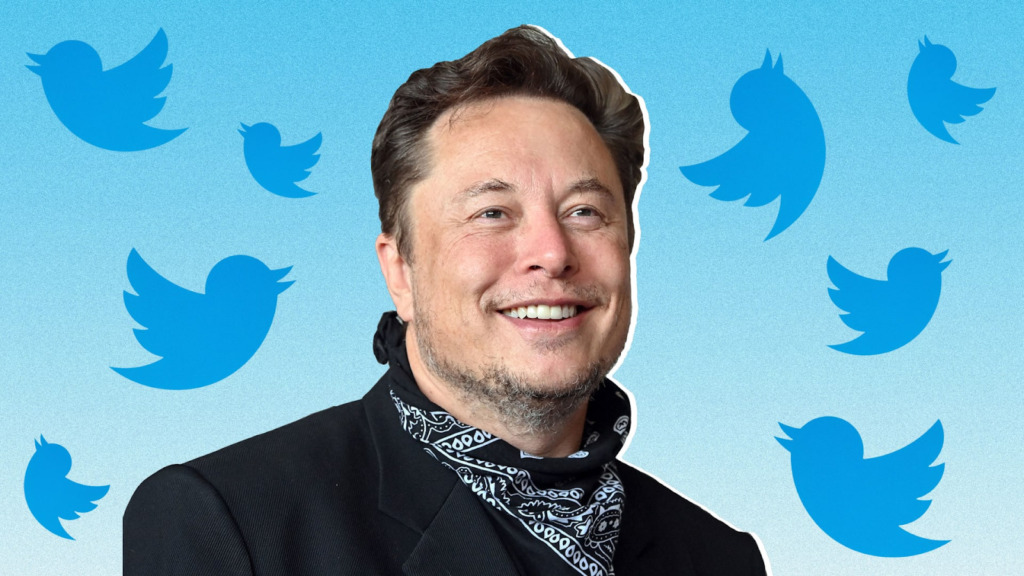
In January, Musk started buying Twitter shares, unbeknown to the company, at an almost daily rate. By mid-March, the billionaire owned 5% of the company, and on April 4, he finally revealed that he had acquired the biggest stake – 9.2%.
He was offered a seat on the board but decided not to join. Instead, he started tweeting critical commentary and outlined a vague plan for Twitter’s private ownership.
On April 14, Musk launched a hostile bid for Twitter, valuing the company at $44 billion, “I am offering to buy 100% of Twitter for $54.20 per share in cash.” That was 38% higher than the platform’s valuation the day before Musk’s investment was announced. Twitter accepted.
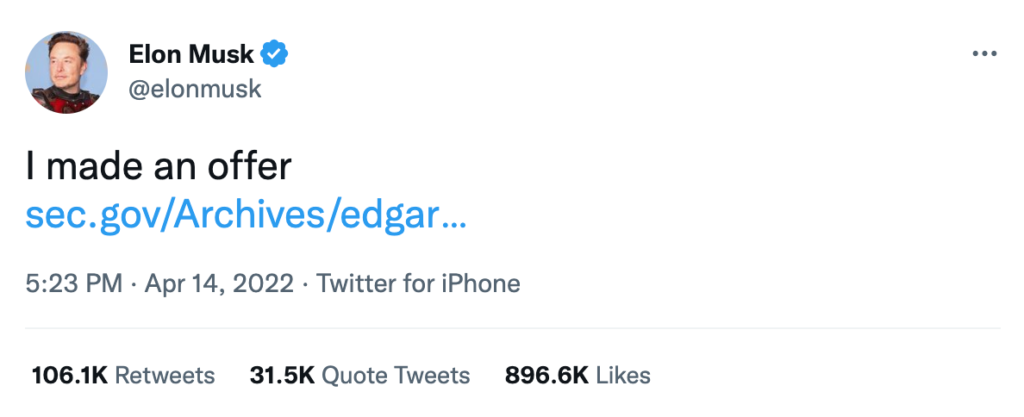
May-July: deal put on hold and alternative paths
Musk questioned Twitter’s estimation of spam and fake accounts, claiming it’s much higher than he was led to believe.
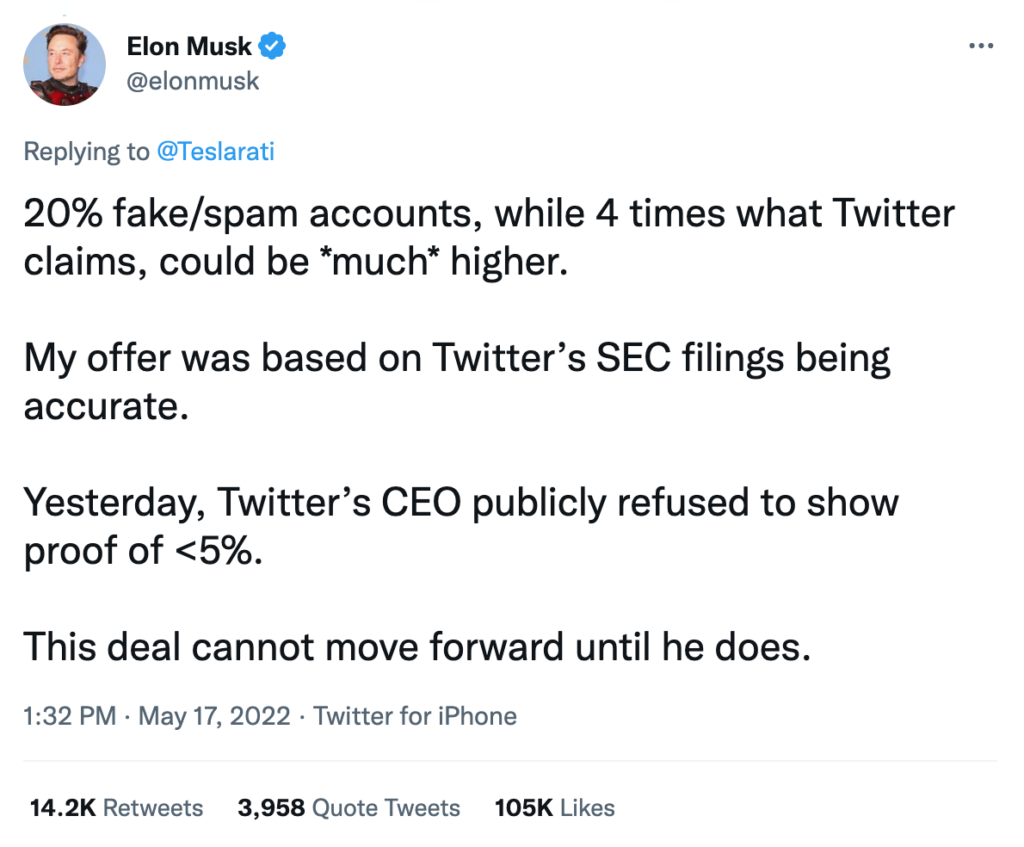
As Musk was waiting for additional details from Twitter, he put the deal on hold. He noted that Twitter was resisting and thwarting his information rights and threatened to call off the deal. Meanwhile, he asked his followers to conduct their own experiments to spot bots.
In response, Twitter claimed they gave Musk all the information he needed and explained their fake profile detection and removal process.
Musk decided to terminate his bid due to the material breach of multiple agreement provisions, arguing Twitter failed to prove its usage claims. The company would need to “get healthy” before he reconsiders.
July-September: legal battles
Twitter board chair at the time, Parag Agrawal, said that considering Musk had already committed to the agreement, there was little wiggle room. That set up the prospects of a high-stakes court battle.
On July 12, Twitter sued Musk in the Delaware Court of Chancery, which denied Musk’s request for a delay and granted Twitter’s legal team a speedy trial. Musk’s team was given five days to present their argument. Twitter won on July 19.
On August 4, Musk countersued, alleging the investors were misled about the company’s prospects and including Twitter whistleblower’s allegations. Musk took another loss.

October: the original offer reissued
In a surprise move, on October 4, Musk announced that he would buy Twitter on the terms agreed upon in April. He argued that this purchase would become the base of his everything-app vision.
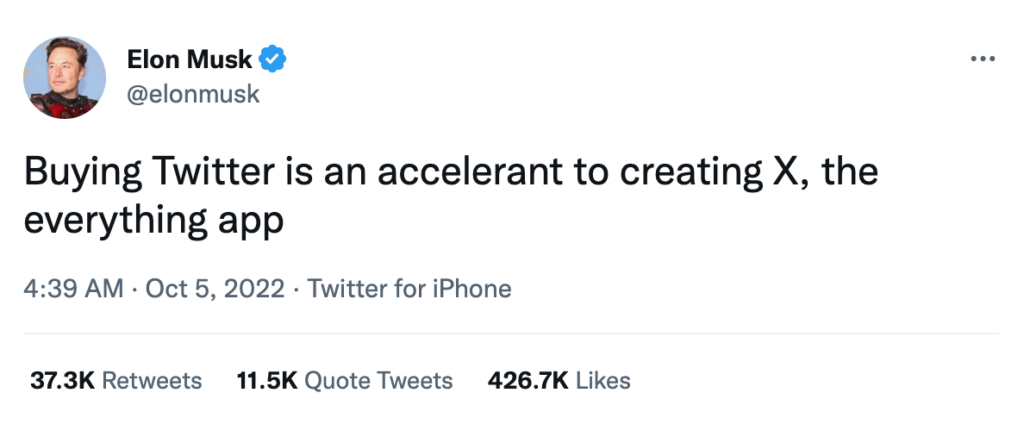
Musk had to close the deal by the end of October and did it two days before the deadline.
October-November: reformation plan, mass layoffs, Twitter Blue
Immediately after formally closing the deal, Musk fired top executives, including the CEO, COO, and the head of legal policy, trust, and safety. He also dissolved the board of directors and began to slash Twitter’s workforce. The layoffs reportedly apply to around 50% of the entire workforce, cutting it down to just over 2,000 employees.
On November 1, Musk suggested a new subscription system. For $8 a month, users could get a blue verified check mark, which was previously reserved for famous personalities. The system was paused due to the impersonation chaos, and some high-profile accounts got back their “official” badge.
According to Musk, Twitter’s usage is at an all-time high, but there are concerns about a mass migration of users.
The reformation continues to unfold, with new developments coming out every day.



